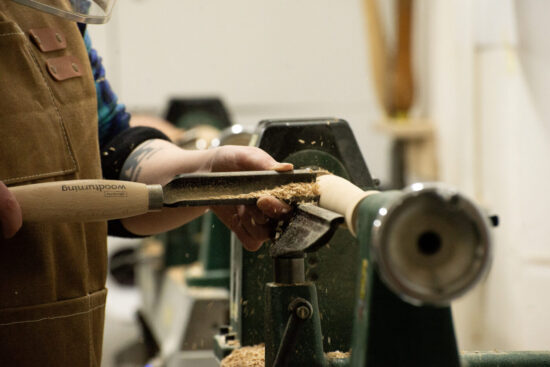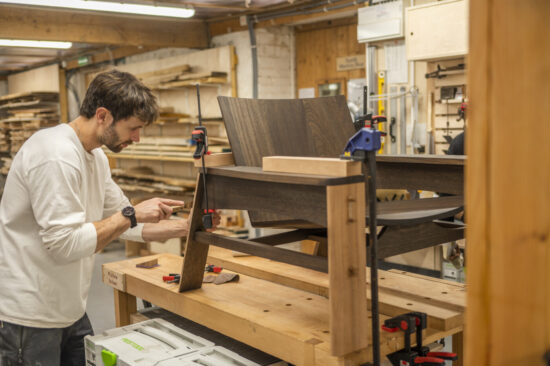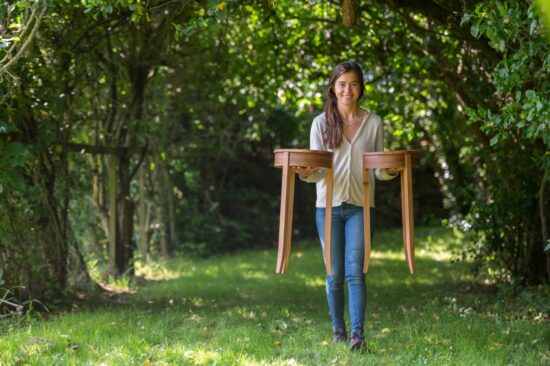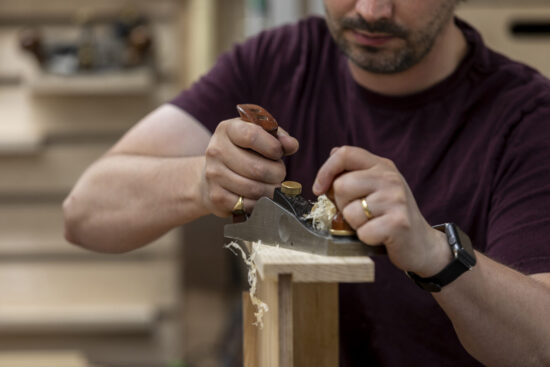A LITTLE MORE INFORMATION
FAQs
ARRANGE A VISIT
If you are looking to embark on a career change or you have an interest in the art of woodworking and furniture design, get in touch and arrange in a visit.
Find Out More About Our Courses
30 WEEK COURSE
This course prepares you for a career in fine furniture design. It provides an intensive curriculum and personalised instruction, surpassing other international courses in the field.
1 WEEK COURSES
Ideal for beginners, the 1-week course offers year-round instruction, covering various skills and techniques. Delivered Monday to Friday.

WEEKEND COURSES
Weekend courses provide an accessible route into woodworking focusing on woodturning, lathe work and various techniques to create projects like stools and bowls.



